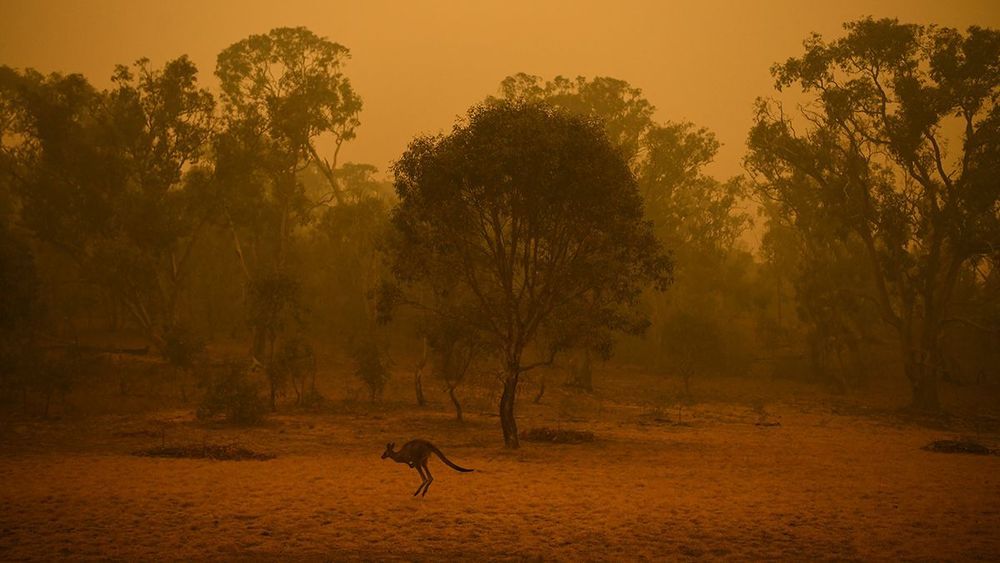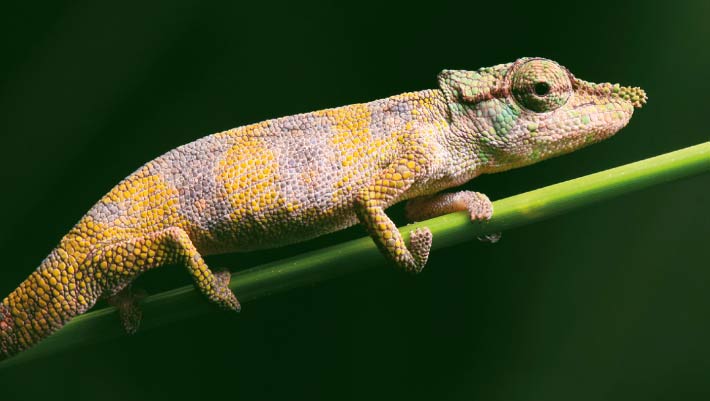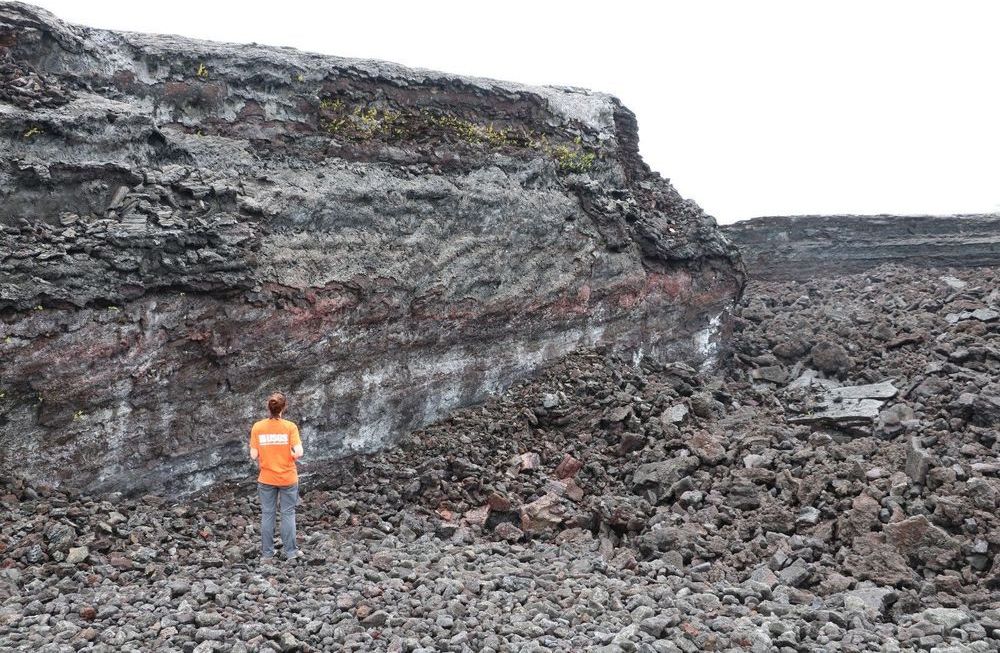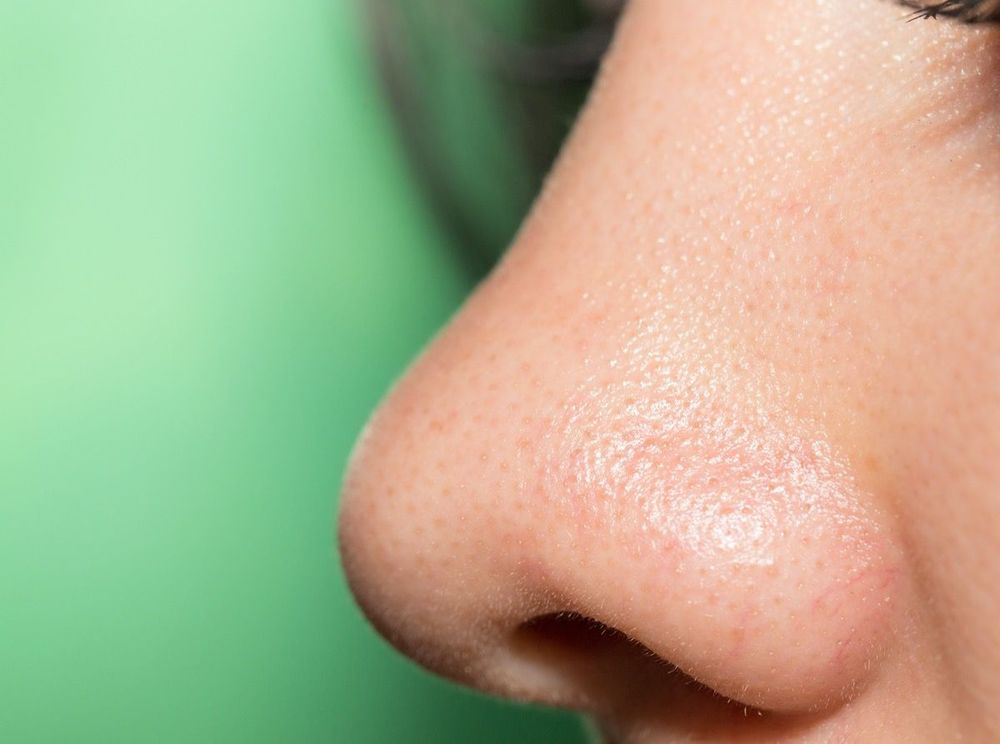Warming temperatures mean that Australia will likely continue to suffer from massive bushfires. To reduce future damage, the government must act.



Study detects the critical point between 2 liquid forms of water.
Water, so ordinary and so essential to life, acts in ways that are quite puzzling to scientists. For example, why is ice less dense than water, floating rather than sinking the way other liquids do when they freeze?
Now a new study provides strong evidence for a controversial theory that at very cold temperatures water can exist in two distinct liquid forms, one being less dense and more structured than the other.

An international team of herpetologists from Germany and Madagascar has discovered and described three new species of chameleons from the Calumma nasutum species group.
“The endemic lemurs and chameleons are of particular interest and biologists have been investigating these groups of animals intensively since the 19th century.”


“This photo shows the channel wall in the braided channel region of the flow,” HVO says. “Note the small ferns growing on the upper channel wall.” USGS photo by M. Patrick.
(BIVN) – Geologists visited the lower East Rift Zone lava flow field in Puna this past week “to make continued measurements and observations, to better understand and reconstruct the dynamics of the Fissure 8 lava flow,” reports the USGS Hawaiian Volcano Observatory. The lava flow, active two years ago this month, changed the landscape of Puna and destroyed the entire seaside-village of Kapoho.
HVO posted photos of the trip to its website on July 13.

If the incident at Natanz was a deliberate act of sabotage intended to set back Iran’s nuclear program, it was dangerously shortsighted.


The human microbiome—our own personalized bacteria profile—plays a part in our health. The different parts of our body, from our skin to our gut, each have their own microbial profile. A team of researchers decided to explore the bacteria living inside our nose, publishing this week in the journal Cell Reports. Microbiologist Sarah Lebeer, one of the authors of the study, discusses what beneficial bacteria reside in our nose—and how this could be used to create a probiotic for upper respiratory infections.
A team of researchers created a profile of the nose microbiome to help create future probiotics for upper respiratory infections.

